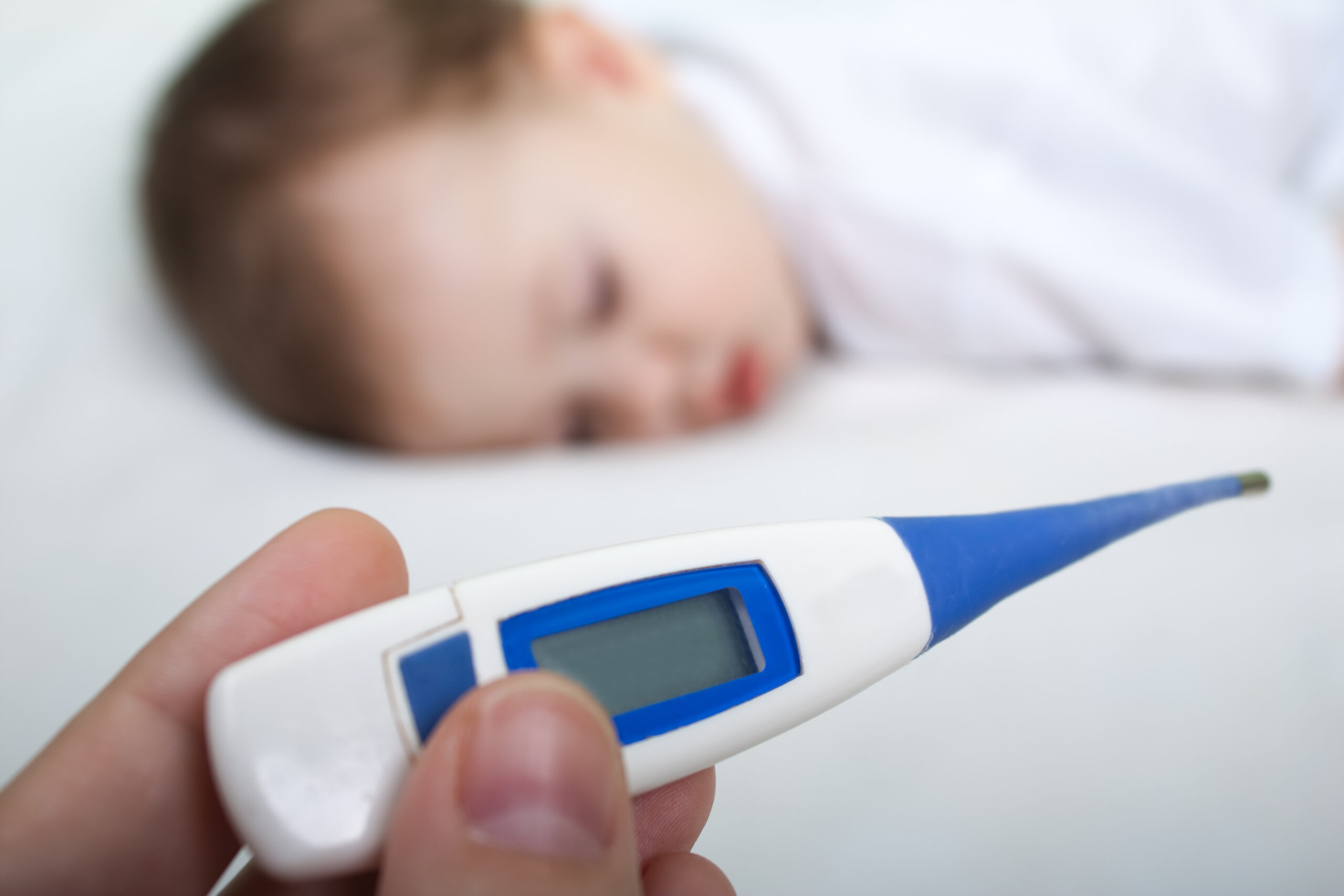As we all know, babies are very delicate, so every medical procedure to be performed on them is done carefully to avoid unnecessary complications because they cannot say when they feel pain or not. As a qualified phlebotomist, you should know that due to the fact that babies have smaller veins, its often harder to pierce their vein because it squirms and twists more unlike that of adults and older children, even when any other kind of medical procedure is performed on them. Because of this, phlebotomy procedures and techniques very sufficient for older children and adults tend to be insufficient for younger babies. Understanding the unique differences between the techniques used in adults and older children and the technique used in babies can put new parents at ease when they have to take their babies to get the blood work done.
Below are a few ways which phlebotomy order of draw in babies is obeyed and carried out effectively.
Puncture capillary
One of the best locations for the blood collection of a newborn or infant is the heel, according to a bleeding tutorial on the University of Utah website. Specifically, the blood must be drawn from the two low, lateral corners of the heel. Preheating the child’s heel to about 42 degrees Celsius can make blood sampling easier because it increases circulation. A puncture must be created using a sterile lancet. It is normal that newborn babies do not bleed the instant they are punctured, so blood droplets should be produced by slightly putting pressure on the site that was punctured.
Puncture
When piercing into the vein of a newborn to collect blood, it is advised that the dorsal vein of the hand is used, this is the ideal vein for blood collection in children according to many phlebotomy experts. Indeed, this technique decreases hemolysis or the destruction of red blood cells. It also cuts down to the minimal the risk of dilution due to the presence of interstitial fluids, and the number of perforations required, which reduces the agitation of a baby. This procedure is almost identical to any other type of venipuncture, but a smaller needle and butterfly wings is used, and the greatest care must be placed on the insertion of the needle, and this must be done slowly to make sure that the vein of the baby is not pierced through by the needle.
Manipulation of Patients
It should be noted that some babies do not mind having blood drawn, but these are likely the exception rather than the rule. This means that phlebotomists need to understand how to deal with babies who can be restless and wave around. If restraining the child becomes necessary, they should ask for the help of the baby ’s parent to help do so. If parents are unable to hold down the child well or appear to be distressed by the process, other medical staff may be enlisted to help maintain the patient again.



